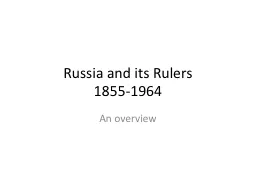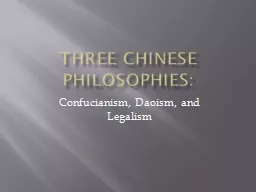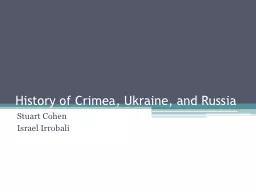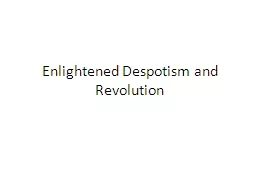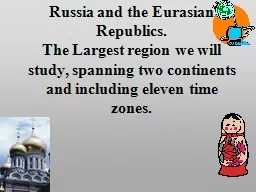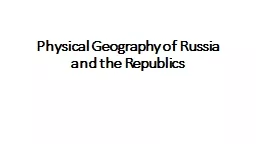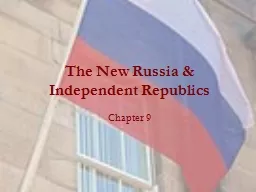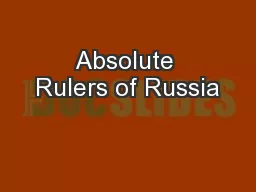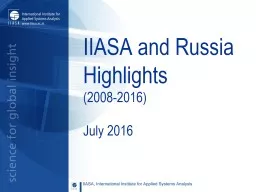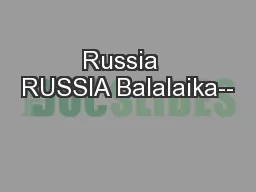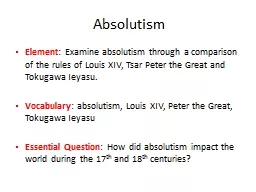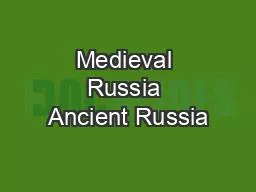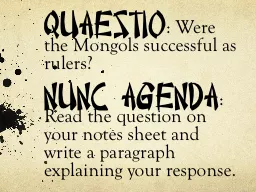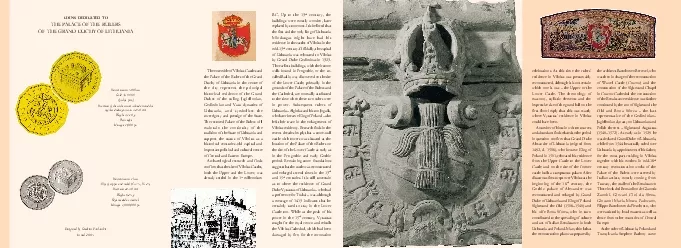PPT-Russia and its Rulers
Author : sherrill-nordquist | Published Date : 2016-07-02
18551964 An overview This overview The Nature of Russian Government Ideology Structures and Institutions Opposition The nature of opposition and how it changed Repression
Presentation Embed Code
Download Presentation
Download Presentation The PPT/PDF document "Russia and its Rulers" is the property of its rightful owner. Permission is granted to download and print the materials on this website for personal, non-commercial use only, and to display it on your personal computer provided you do not modify the materials and that you retain all copyright notices contained in the materials. By downloading content from our website, you accept the terms of this agreement.
Russia and its Rulers: Transcript
Download Rules Of Document
"Russia and its Rulers"The content belongs to its owner. You may download and print it for personal use, without modification, and keep all copyright notices. By downloading, you agree to these terms.
Related Documents

